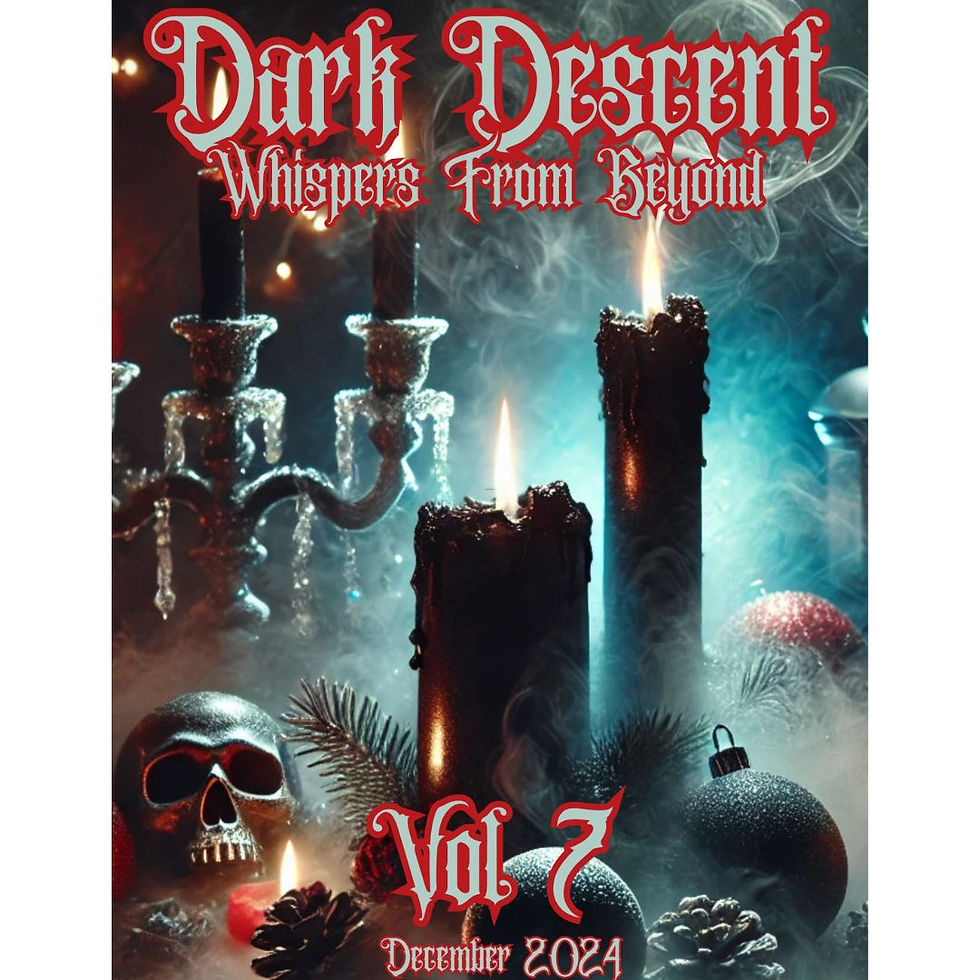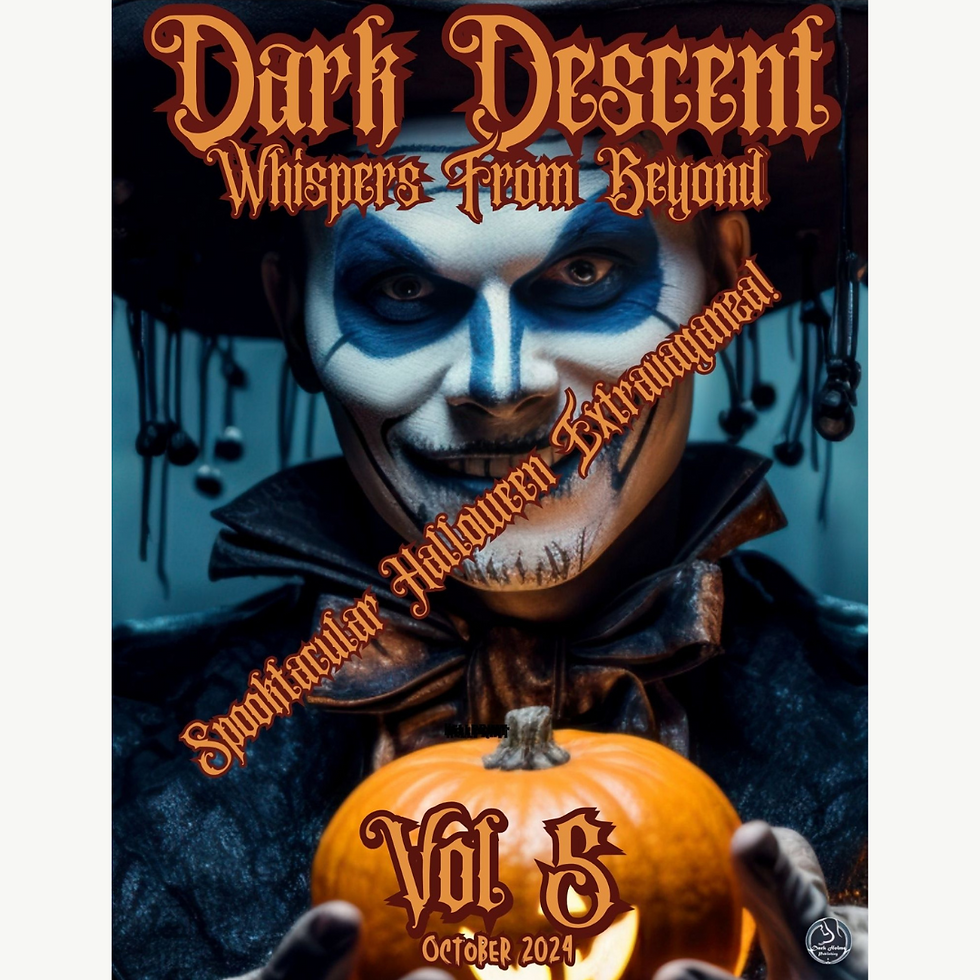Fight Like a Girl: systems of female-empowerment in horror
When a girl gets mad she throws things. Stones. Cars. A teacher. There is something feminine to be found in the power to move things with one’s mind. Carrie, Eleven, even Roald Dahl’s Matilda all move objects with their minds, often in response to the horrific situations in which they find themselves. Jean Grey, Scarlet Witch, Invisible Woman: the trope is not reserved for horror, but it is in horror that it finds its feminist expression. And whilst it’s true that male characters with telekinesis do exist (Professor X; Vecna from Stranger Things), their powers are ultimately more problematic, often tending towards premeditated violence and nihilism (look at Andrew Detmer in Chronicle, 2012).
Such telekinetic females are described by Carol Clover as “monstrous heroes”, at once fulfilling the the uncanny role of ‘other’ (when viewed through the eyes of the genre’s male audience), but also the ‘wronged victim’ (that we are still rooting for despite her otherworldly monstrousness). Carrie is wronged by her mother and her peers, Eleven by the man who calls himself her ‘Papa’, and Matilda by both her family and the performatively masculine Miss Trunchbull. In the case of Carrie and Eleven (and even Matilda, though not truly a horror heroine), this power comes after years of abuse, gaslighting and dominance by the adults in their lives. But why is this power so much more commonly explored in female characters than male, and why does it come exploding out, shattering windows and setting whole towns on fire (book-Carrie, not film-Carrie)?
Part of the answer might be seen, as Elizabeth Seaton frames it, as a societal reaction to, “the simple, and sometimes violent, day-to-day affirmation of the subordinate values males place upon females as sexual beings.” This subordination is explored in everything from rape-revenge stories like I Spit on Your Grave (1978/2010) and Last House on the Left (1972/2009), to the slightly less shocking (but no less brilliant) Irish short horror ‘Catcall’ (2018, available on YouTube). These films reflect the subordination of women and girls experienced early (and daily) in every school in just about every land. Don’t believe me? Walk past any schoolyard at lunch and see which gender dominates most of the play-space and what it’s used for (no-girls-allowed-soccer, we’re looking at you).
But girls are fighting back, and they don’t need superpowers to do it. In her study on pre-adolescent cultures, Deevia Bhana observes, even in the playful clap-and-rhyme games found in schoolyards, girls “derive a great deal of pleasure in singing and clapping to the rhythmic beat of traditional games and in shooing away troublesome[-ly violent] boys.” And horror is quick to pick up on this feminine form of power. The warding against Freddy found in the jump-rope rhyme of A Nightmare on Elm Street (1984), the game of ‘Uno, Dos, Tres… Toca la Pered’ that protects Laura in J.A. Bayona’s El Orfanato (2007), the hide-and-clap game in The Conjuring (2013) to name but a few. These are feminized forms of protection.
But these rhymes also facilitate girls “exploring their positionings in gendered society,” and it is precisely the heteronormative, matrimonial, matrilineal nature of such rhymes (that reinforce traditional values) that ‘uncanny girls’ like Carrie and Eleven rail against (they won’t play good wives and mothers; they will “Dump your ass!”). These girls can fight back against male violence (implied and physical), and the source of their strength has nothing to do with the masculine tropes of size or muscles. This is elder-magic. This is blood-magic.
It can be no accident that the telekinesis in Carrie and Stranger Things is linked to blood. Explicitly in the former, and implied in the latter, the link with menstruation and puberty is inherently female (in the comics, Wanda Maximov and Jean Grey also come into their powers as they come into puberty). This is a time when a girl ‘comes out’ of childhood (like the debutantes of old) and begins to enter womanhood as a sexual being. Stephen King himself admits that, “Carrie is largely about how women find their own channels of power and what men fear about women and women’s sexuality.”
Ultimately, it’s this fear that makes these inherently girlish modes of fighting so intrinsically frightening for male audiences. These are experiences (jump-rope, clap-and-rhyme, menstruation) from which men are largely excluded and the old adage rings true that people fear what they do not understand. Just ask the hundreds of angry women locked up in the madhouses of Victorian England after being diagnosed with ‘hysteria’ (an intrinsically gendered word that derives from the Greek word ‘hystera’, and finds its Latin equivalent in the word ‘uterus’). This is a girlish madness. And when a girl gets mad, the boys better watch out, because she just might throw your ass.
.png)

1.png)











































